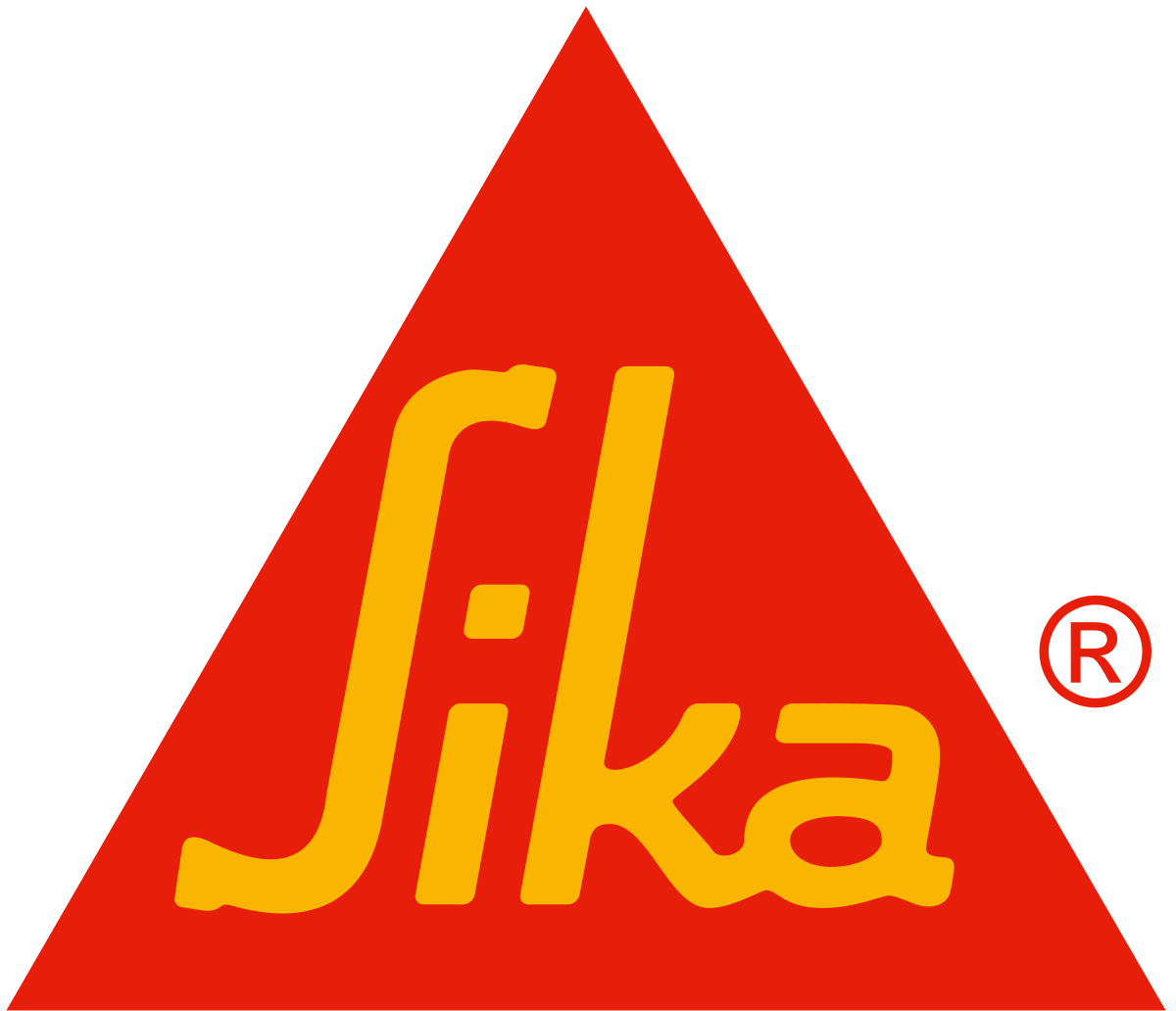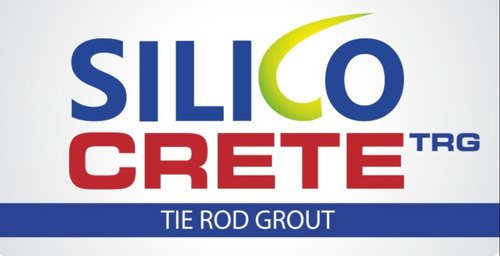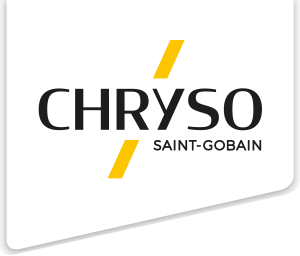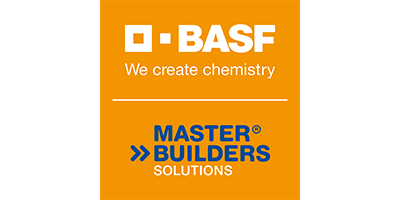Polymerized Rcc Repair Mortar

Key Features
- The single component polymerized cement-based polymerised RCC Repair mortar is designed for restoring and repairing all varieties of RCC members, such as beams, columns, labs, etc. It is a high-strength, dual-shrinkage-compensated repair mortar with fiber reinforcement that cannot be poured and was created especially for repairing and restoring weaker or damaged structural concrete elements.
- Concrete honeycombs are filled with and finished with polymerized RCC repair mortar. This makes it possible to be watertight and provides strength comparable to concrete.
- Polymerised RCC Repair Mortar is a substitute for cement mortar to fill up the cracks and honeycombs
Benefits
- Single Component – Mix is ready by just addition of water.
- Fiber Reinforcement for additional toughness, ductility and tight crack control.
- Dual Shrinkage Compensated to reduce the risk of coating.
- Eliminates manual batching, weighting, proportioning and dosing of cement, sand and liquid polymer on site.
- Economical pre-packaged repair mortar offers more consistent proportioning and performance than site-mixed mortars. The resultant is a high-strength repair compound offering exceptional workability, durability and productivity.
- Supplied in premixed, pre weighted, pre packed condition.
- Can be applied by hand like conventional polymer mortars or trowel-applied.
- Extremely low permeability to provide maximum protection to the embedded steel reinforcement.
- Excellent adhesion to the base concrete substrate.
- Engineered for maximum performance and workability along with hardening times.
Method of Application
Surface Preparation – All unsafe concrete must be removed, as well as any pollution that prevents RCC polymerized mortar from adhering properly or performing as intended. There should be a clean, rough surface available.
It’s important to take into account the repair’s shape and depth. Even while RCC repair mortar repair compounds are made to stick to and become stronger even in thin portions, structural repairs frequently benefit from having their edges saw off.
Reinforcement Steel Bars – Remove all loose scales and rust deposits from the whole perimeter of any repaired corroded steel in order to expose it fully. Cleaning is necessary to restore the shine to steel. For rust-free rebars, use a rust-converting primer such as a rust remover. Cut back the concrete to a depth of at least 20 mm below the exposed rebar in areas where the reinforcing bars are deteriorated. Corrosion surrounding and on the reinforcing bar must be removed. Then, to prevent corrosion, this rebar should be treated with anti-corrosion chemicals.If the cleaned rebar has a diameter that is 18% to 20% smaller than when it was first installed, it should be replaced. Apply two coats of the appropriate bond coat, being especially careful to adhere to all general and methodical application instructions or instructions for passivating the steel reinforcement.
Substrate Priming – Before patching, surfaces need to be soaked with clean water for at least 20 minutes. Any extra water should be drained, then a suitable bond coat should be primed as a bonding agent.
Mixing – One component product, RCC Repair Mortar, simply requires the addition of water on location. In a forced action mixer, care should be given to ensure that the repair mortar is fully mixed. The dry mortar is gradually added to the water and properly blended to create a homogeneous mortar. It is best to use slow paddle mixers, and the mixture should be mixed for at least three minutes to provide a smooth, uniform consistency.Before applying, let the mixture rest for 2 to 3 minutes and then give it a quick mixing. If the amount of mortar needed is very little, hand mixing may be permitted, but caution should be given to completely mix the mortar into a dough-like consistency, and mixing should take place for at least five minutes.
Application – Using a gloved hand or a cloth, apply the mixed repair mortar to the prepared surface. Make sure there are no air pockets left by thoroughly compacting the mortar into the tacky bonding coat. At +30 degrees Celsius, the mortar can be used for around 30 minutes. Before applying the bonding coat and succeeding RCC mortar coat, the first or preceding coat must be scratched or keyed and adequately hardened if multiple layers are to be used.
Curing – Prevent quick drying, yet cure dry. Surfaces may need misting or plastic film protection when working in hot, windy, or dry circumstances to prevent quick drying. When substantial or deep portions are exposed to the light directly, this is very crucial. RCC Polymerized Repair Mortar’s freshly placed surface can also be covered with a curing compound as an alternative.
Before


After

Brand Associated







